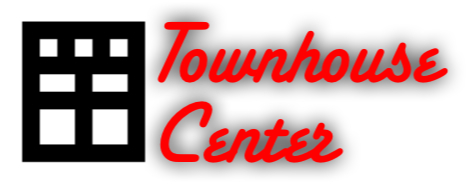In the Wall Street Journal, the source for news and opinion that entrepreneurs trust around the world, from writer Richard Florida, maybe the most famous living public intellectual, a message for every planner, developer, investor, lender, architect, government official, man, woman, and child: "The question is: How should we build? For many economists, urbanists and developers, the answer is simple: We should build up. Still, density is only part of the solution. Giant buildings often function as vertical suburbs, muting the spontaneous encounters that provide cities with so much of their social, intellectual and commercial energy. "It turns out that what matters most for a city's metabolism — and, ultimately, for its economic growth — isn't density itself but how much people mix with each other. In fact, there are two types of density, according to a recent study by Peter Gordon of the University of Southern California and Sanford Ikeda of the State University of New York, Purchase. 'Crude' density is achieved by districts packed with taller and taller buildings but doesn't, on its own, generate innovation or economic development.
"By contrast, what the authors call 'Jacobs density' sparks street-level interaction and maximizes the 'potential informal contact of the average person in a given public space at any given time.' It makes networking and informal encounters more likely and also creates a demand for local products and diversity — not just of populations and ethnic groups but of tastes and preferences.
"The authors dub it 'Jacobs density' in tribute to Jane Jacobs, the renowned urbanist and author of The Death and Life of Great American Cities. She famously said, 'In the absence of a pedestrian scale, density can be big trouble. Densities can get too high if they reach a point at which, for any reason, they begin to repress diversity instead of to stimulate it.'
"Look at New York City. Its hubs of innovation aren't the great skyscraper districts. The city's recent high-tech boom — 500 start-ups in the last half decade, among them Kickstarter and Tumblr — is anchored in mid-rise, mixed-use neighborhoods like the Flatiron District, Midtown South, Chelsea and TriBeCa." Full article here and NPR radio segment (audio and transcript) here.
